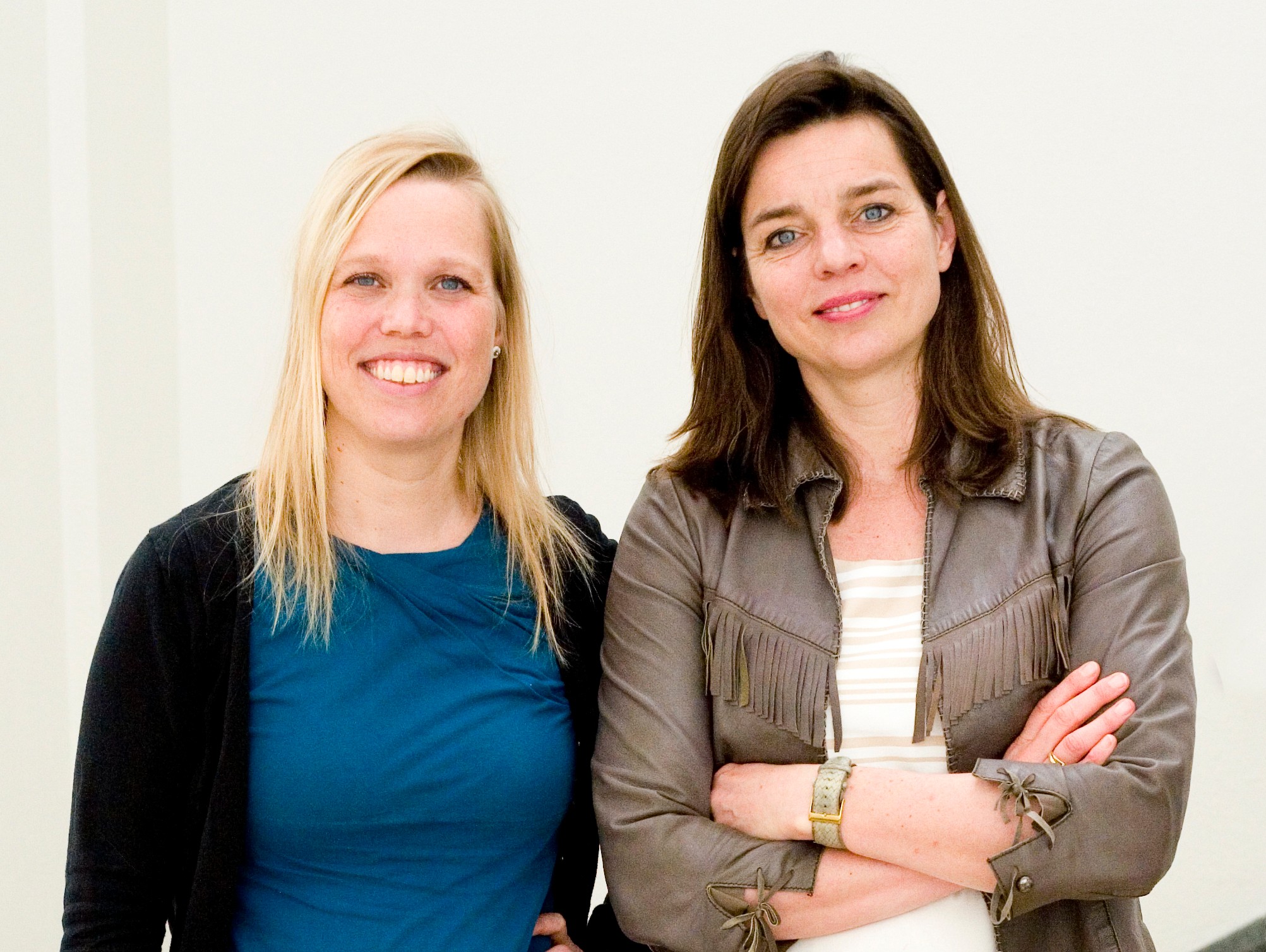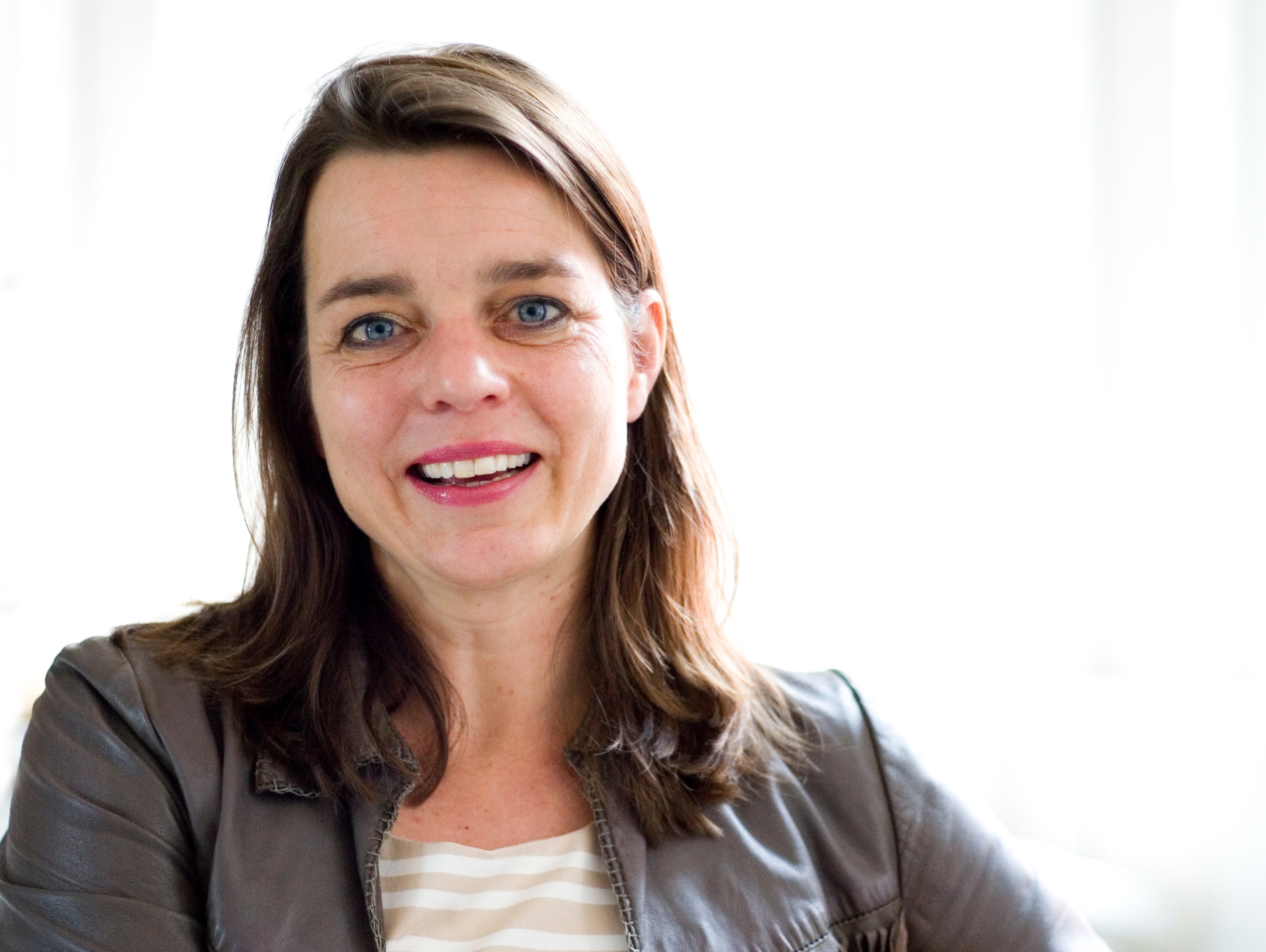
The demand for sustainable packaging will grow considerably in the years ahead. The government, the packaging industry and the Association of Netherlands Municipalities (VNG) have agreed to reuse more packaging materials and to make the packaging chain more sustainable. In this interview Hester Klein Lankhorst, director of the Knowledge Institute for Sustainable Packaging (KIDV), and Karen van de Stadt, packaging expert, explain more.
What is ‘sustainable packaging’ exactly? It seems that there’s no easy answer to that question. To determine the actual environmental impact of packaging, it’s important to look beyond the ‘end-of-life’ impact of a product; it’s about the entire production cycle. Making a fair assessment of the most sustainable choices per product-packaging combination requires fact-based knowledge. The KIDV, which was founded on 1 January 2013 stemming from the Dutch Framework Agreement on Packaging 2013-2022, develops and collates that knowledge in partnership with companies, government bodies, the world of science, consumers and ecological, environmental and community organisations. It provides access to that knowledge for the benefit of everyone involved in the chain.
The KIDV is also preparing an annual Sustainability Agenda for Packaging, with concrete and measurable targets for the duration of the Framework Agreement on Packaging 2013-2022. The Sustainability Agenda is a document which is continually developing and evolving based on the starting points of reuse, reduce, recycle and renew. On 5 February 2015 the KIDV published the third version of the Sustainability Agenda for Packaging.
Karen: “When a producer launches a packaged product for sale on the (European) market, he automatically declares that it complies with all relevant ‘essential requirements’. If it does not, the producer is in breach of the law. In The Netherlands, the Human Environment and Transport Inspectorate (ILT) is responsible for monitoring compliance. The ‘essential requirements’ as they currently stand call on the producer to set up a process which continually ensures the use of the environmentally optimal packaging. The producer must also take a number of conditions into consideration. Firstly, the packaging must be manufactured in such a way as to minimise its volume and weight yet to still fulfil functional requirements in terms of safety, hygiene and acceptability for the packaged product. Furthermore the packaging must be suitable for reuse, recycling or recovery – in other words, it must have a minimal environmental impact. Last but not least, the packaging must be combustible and hence may not contain any harmful or hazardous substances.”
Hester: “It is therefore important that producers make clear agreements with the supplier of the packaging material; the supplier must provide packaging which complies with these essential requirements. The problem is that the essential requirements are actually still too general, which is why steps are now being taken to make them more specific. It has been agreed that each sector will conduct research to identify its key issues so that a concrete approach to sustainability can be established per sector. Within the food sector, FNLI and CBL are working together on a single ‘sector sustainability plan’. Between them, these two parties represent manufacturers of branded products and private labels alike. Other sectors in the broader food industry, such as fresh produce, are working on their own plan.”
Hester: “When it comes to food packaging food safety is of course always the top priority, but food safety and sustainability are not always at odds with one another. Nevertheless, more research could be done into the opportunities for using recycled PET in food packaging, for example. How safe is it? What is the likelihood of contamination? This is occurring within the KIDV’s scientific research programme, among other things.”
Karen: “In order to extend shelf life producers still often opt for a multi-layer packaging, such as for crisps. The packaging cannot be recycled afterwards and ends up being incinerated. Crisps in a mono-layer bag might not stay fresh for so long but the material is more suitable for recycling. This illustrates that it’s not always easy to decide which is the most sustainable option.”
Hester: “There is a continual search for ways to reduce the use of raw materials. We’re seeing packaging becoming increasingly lightweight. Moreover, there is a clear trend towards mono-layer instead of multi-layer packaging. In the case of PET, for example, it used to always be necessary to add another, softer material to seal a bag or bottle (PE). Thanks to recent innovations, we’re now seeing a shift towards the use of PET on its own. It’s now possible to ensure that the packaging is not only well sealed but also easy to open and recyclable using just one type of material.”
Karen: “Here, too, it revolves around the question of the most optimal choice in terms of sustainability. Public opinion is very focused on the final link in the chain: the waste flow. But in reality it’s about the entire chain. The plastic wrapping around a cucumber extends the shelf life which means that fewer cucumbers are thrown away. But nevertheless we’re very curious – which innovations will be triggered by these supermarkets? Maybe they will lead to insights which can be scaled up.”
Hester: “Research into the ‘best’ bag revealed that consumers instinctively think that paper is better than plastic. However, the reality is less clear-cut. If the bag ends up in the environment, a plastic bag is indeed more harmful. However, in terms of the production of the material itself, plastic places a lower burden on the environment than paper. And if you dispose of it correctly after – preferably repeated – use, it can be recycled. The most important message in the case of plastic bags is: don’t let them end up as litter. Also, reduce the number of bags handed out at the point of sale – impose a charge for them, ensure they are reused and encourage people to bring their own bags.”
Hester: “Sustainable packaging can be very beneficial for producers in the long term. For example, more lightweight packaging requires fewer expensive raw materials. I see opportunities in that respect. Unfortunately, many companies are convinced that sustainable equals more expensive. They often have to make considerable investments in order to implement changes, and it can take a long time to see a return on investment on a new machine. We often see that companies find it difficult to think about the long-term future and hence they don’t dare to invest.”
Hester: “We believe that consumers should be able to assume that the packaging on a product is good. Consumers are already increasingly trying to make sustainable choices in the supermarket. You can’t expect them to also have to decide which product is packaged most sustainably. However, you can help them in other ways – such as by indicating how and where they should dispose of the packaging.”
“That’s why de developed the ‘Weggooiwijzer’ (Throw-away Guide),” adds Karen. “It’s a set of clear logos which producers can request from us by email. Moreover, be honest to consumers about what you’re doing! Also, be clear in your choices: why have you opted for that particular packaging? And most importantly of all, don’t claim that you have a monopoly on wisdom because the situation isn’t as clear-cut as that. It’s a continual process of optimisation.”

Hester: “We’ve set up the ‘Meldpunt Verpakkingen’, a packaging helpdesk, as a way of raising consumer awareness. The helpdesk is the central point of contact for consumers with any questions about sustainable packaging. They certainly know where to find it because we receive lots of enquiries. But they can also notify the helpdesk of packaging which they consider to be insufficiently environmentally friendly. The helpdesk passes on such comments to the companies responsible for the packaging, and the producer then has the opportunity to respond to the notification. The KIDV passes on a markedly high number of consumer questions and comments, both to sectors as input for their sector sustainability plans and to the evaluating committee which assesses the feasibility of the objectives. The KIDV also uses the consumer questions and comments in scientific and practical research.”
‘When a producer launches a packaged product for sale on the (European) market, he automatically declares that it complies with all relevant essential requirements’
Source: © Irene van Kessel